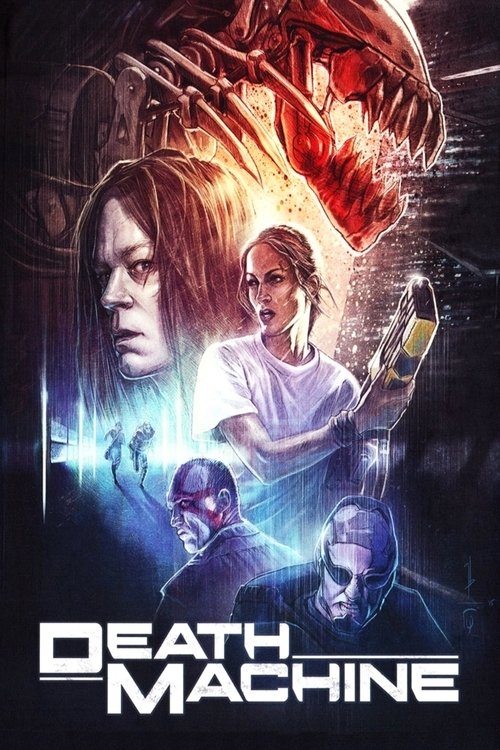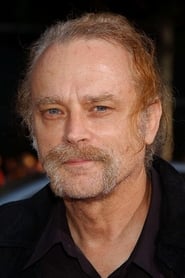Cast
View AllEly Pouget
as Hayden Cale
Brad Dourif
as Jack Dante
William Hootkins
as John Carpenter
John Sharian
as Sam Raimi
Martin McDougall
as Yutani
Andreas Wisniewski
as Weyland
Richard Brake
as Scott Ridley
Alex Brooks
as Sheriff Dickson
Stuart St. Paul
as Glitching Hardman
Rachel Weisz
as Junior Executive
Fredrick Lopez
as Deputy Sheriff Randall
Annemarie Lawless
as Screaming Demonstrator
Jackie Sawiris
as Waitress
Rob Freeman
as Obstructive Executive
Julie Cox
as Screaming Demonstrator
Crew
Director
- Stephen Norrington
Writer
- Stephen Norrington
Producer
- Dominic Anciano
Reviews
Thematic Analysis
This Action/Horror/Science Fiction/Thriller film explores themes of fear and survival, delving into the psychological aspects of human nature when confronted with the unknown. Death Machine presents a unique perspective on the horror genre by focusing on the psychological terror rather than relying on typical jump scares.
Director Stephen Norrington brings their distinctive visual style to this film, continuing their exploration of themes seen in their previous works while adding new elements. Their approach to pacing and visual storytelling creates a viewing experience that rewards close attention.
Released in 1995, the film exists within a cultural context that now offers viewers historical perspective on the social issues of that era. Its reception demonstrates the diverse reactions to its artistic choices and its place in cinema history.
Did You Know?
- The production of Death Machine took approximately 24 months from pre-production to final cut.
- The final cut of the film runs for 117 minutes, though the director's initial assembly was reportedly 148 minutes long.
- Some visual effects sequences took up to 9 months to complete.
- The musical score contains over 63 unique compositions.
- The director insisted on using practical effects whenever possible, reserving CGI for only the most necessary scenes.
Historical Context
- In 1995, when this film was released:
- The end of the Cold War was reshaping global politics.
- Globalization was accelerating economic and cultural exchange.
- Independent cinema was growing in influence, challenging the dominance of major studios.
How This Film Stands Out
While Death Machine shares thematic elements with other films in its genre, it distinguishes itself through its unique approach to storytelling, visual style, and character development.
Unlike Let Us Prey, which takes a more conventional approach to its subject matter, Death Machine subverts genre expectations by exploring its themes with greater nuance.
While films like The Babysitter and The Hitcher explore similar territory, Death Machine stands apart through its deeper exploration of its central themes and more complex characterization.
This film's unique contribution to cinema lies in its bold artistic choices and willingness to challenge viewer expectations, making it a valuable addition to its genre.
Details
- Release Date: May 2, 1995
- Runtime: 1h 57m
- Revenue: $1,422,749

















